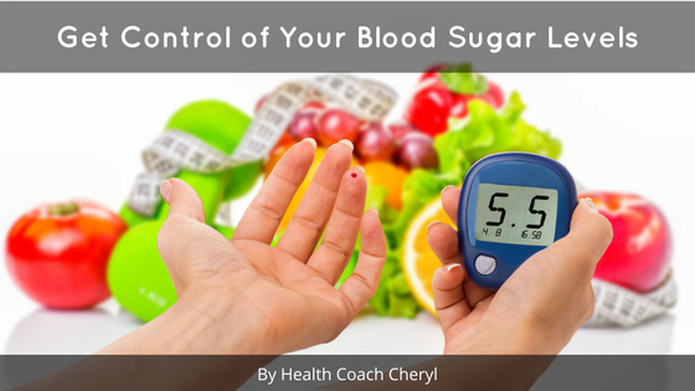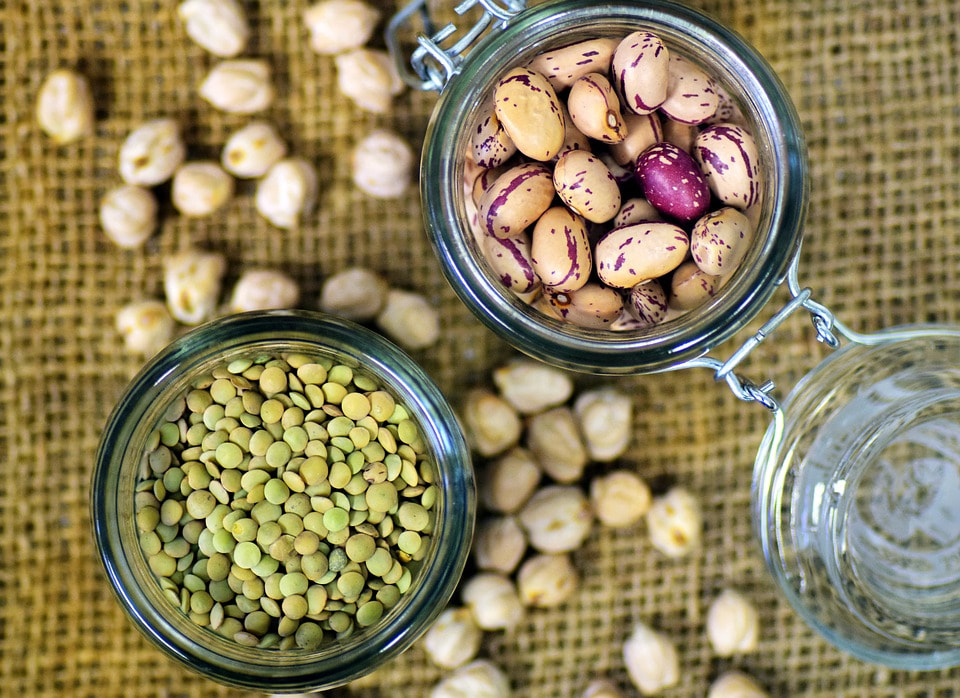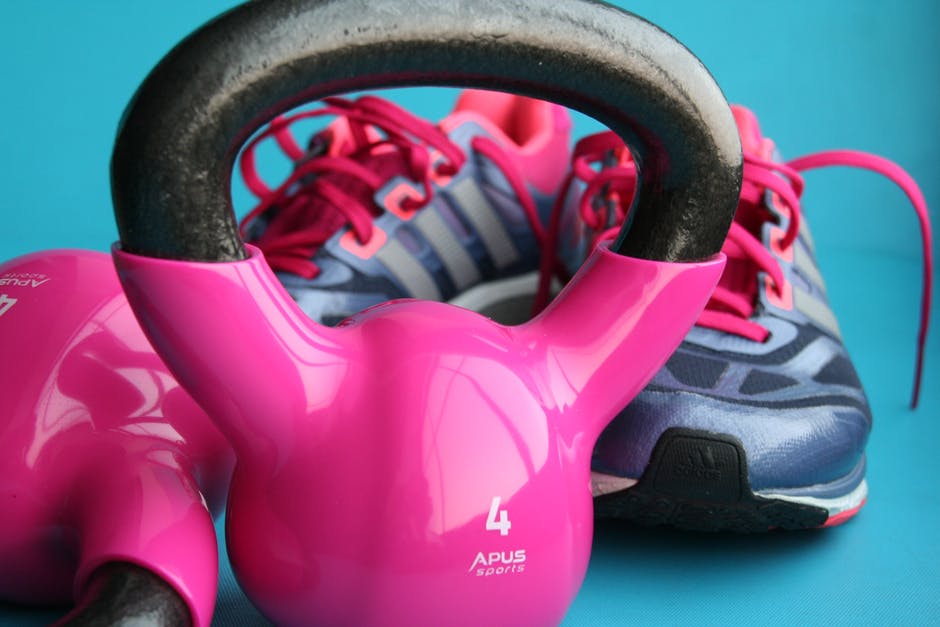Blood Sugar Creeping Up?
Over the last 10 years, I have coached hundreds of people with various health challenges. One of the most important things we can do to create vibrant health and a lean body; is to balance blood sugar. High blood sugar leads to numerous health problems and weight gain.
In this post, I’ll give you 10 proven strategies that can help manage blood sugar level naturally. The good news is that blood sugar levels are responsive to diet and lifestyle upgrades.
You have power to help manage your blood sugar with these key strategies!
In this post, I’ll give you 10 proven strategies that can help manage blood sugar level naturally. The good news is that blood sugar levels are responsive to diet and lifestyle upgrades.
You have power to help manage your blood sugar with these key strategies!
What is Blood Sugar?
Blood sugar is literally that: the sugar in your blood. Your blood contains all kinds of important nutrients and other substances that we need to be healthy. Including sugar. Blood is the liquid transporter that distributes these compounds to all parts of our bodies.
Sugar (a type of carbohydrate) is one of our body’s main fuels. The other two fuels are fat and protein. I call it “fuel” because our cells literally burn it to do work. It’s this “biochemical” burning of fuel in all of our cells that is our metabolism.
Sugar (a type of carbohydrate) is one of our body’s main fuels. The other two fuels are fat and protein. I call it “fuel” because our cells literally burn it to do work. It’s this “biochemical” burning of fuel in all of our cells that is our metabolism.
1. Reduce the Amount of High Sugar Food Choices
If a food or drink is mostly sugar, try to reduce, or swap it out for a healthier choice. I’m talking sweetened beverages (e.g. soda pop, juice, energy drinks, candy, etc.). Many desserts, breakfasts, and even seemingly-healthy choices like some granola bars and yogurt often have a lot of sugar.
Significantly reducing these sugar laden foods will give you the most bang for your buck when it comes to better blood sugar levels.
Significantly reducing these sugar laden foods will give you the most bang for your buck when it comes to better blood sugar levels.
2. Watch Portion Sizes of Carbohydrates
Our body digests starches by breaking them down into sugar. By reducing the amount of sugars and starches (carbohydrates) we eat, we can reduce that blood sugar spike that happens right after we eat.
It’s been said that one of the strongest predictors of blood sugar response is the total amount of carbohydrates in a meal.
Reducing our overall carbohydrate intake can help to reduce our blood sugar levels.
It’s been said that one of the strongest predictors of blood sugar response is the total amount of carbohydrates in a meal.
Reducing our overall carbohydrate intake can help to reduce our blood sugar levels.
3. Choose "Low Glycemic” Foods
If you’ve already cut out a lot of sugary foods and want to reduce your starch intake, then start by swapping the “high glycemic” (i.e. ones that raise your blood sugar too high) starches.
This “glycemic effect” is the result of the components in the food itself. Things like the amount of carbohydrate, the type of carbohydrate (i.e. sugar vs starch), and what other nutrients are in the food (i.e. protein, fibre, etc.) as well. The fibre, fat and protein in a food slows down the digestion and absorption of the carbohydrates, so the blood sugar rise slows down too. This results in a lower “glycemic effect.”
High glycemic foods (i.e. ones to avoid) include sugary foods, as well as starchy foods like white bread, many pastas, and white rice. Low glycemic foods include ones that are higher in fibre, fat and protein. Examples are meat, seafood, eggs, legumes, sweet potatoes, whole grains and most fruit and non-starchy vegetables.
This “glycemic effect” is the result of the components in the food itself. Things like the amount of carbohydrate, the type of carbohydrate (i.e. sugar vs starch), and what other nutrients are in the food (i.e. protein, fibre, etc.) as well. The fibre, fat and protein in a food slows down the digestion and absorption of the carbohydrates, so the blood sugar rise slows down too. This results in a lower “glycemic effect.”
High glycemic foods (i.e. ones to avoid) include sugary foods, as well as starchy foods like white bread, many pastas, and white rice. Low glycemic foods include ones that are higher in fibre, fat and protein. Examples are meat, seafood, eggs, legumes, sweet potatoes, whole grains and most fruit and non-starchy vegetables.
4. Eat More Fibre
Most people don’t eat nearly enough. The recommended daily intake of fibre for adults is 21 - 38 grams per day.
Fibre slows the digestion of foods, it can help to the sudden spikes in blood sugar that may occur after a low-fibre meal. The cholesterol- lowering effect of soluble fibre may also help those with diabetes by reducing heart disease risks.
Some of the highest fibre foods include raw cacao powder, flaxseeds, & legumes.
Try adding a spoon of raw cacao powder to your smoothie, sprinkle flaxseeds on your cereal, and/or add some legumes to your favourite soup or salad.
In a previous post, I wrote all about the importance of getting adequate fibre, where I talk about both how to get more fibre in your diet, as well as how it helps with weight loss.
Fibre slows the digestion of foods, it can help to the sudden spikes in blood sugar that may occur after a low-fibre meal. The cholesterol- lowering effect of soluble fibre may also help those with diabetes by reducing heart disease risks.
Some of the highest fibre foods include raw cacao powder, flaxseeds, & legumes.
Try adding a spoon of raw cacao powder to your smoothie, sprinkle flaxseeds on your cereal, and/or add some legumes to your favourite soup or salad.
In a previous post, I wrote all about the importance of getting adequate fibre, where I talk about both how to get more fibre in your diet, as well as how it helps with weight loss.
5. Add Protein & Healthy Fats
When eating carbs like pasta, rice, or bread, add a serving of protein and a small amount of healthy fat as well as fibrous vegetables.
This balanced approach can slow down the absorption of the carbs which can help to keep blood sugar levels regulated.
I wrote all about my favourite ways to add more protein to your diet in an informative blog post. Click here to read.
This balanced approach can slow down the absorption of the carbs which can help to keep blood sugar levels regulated.
I wrote all about my favourite ways to add more protein to your diet in an informative blog post. Click here to read.
6. Try Blood-Sugar Balancing Flavourings
One of my favourite tips: Try having 1 -2 tablespoons of apple cider vinegar and water shortly before or with a meal that contains sugars or starches.
Why? Because a recent analysis of several studies (a meta-analysis) showed that the vinegar can lower the blood sugar by up to 60% and the insulin by up to 130% compared to the same meal without vinegar. This worked individuals with insulin resistance. Even healthy people had a significant benefit.
Cinnamon can also help to lower blood sugar levels and improve insulin sensitivity. This effect can happen with even less than one teaspoon per day.
It’s thought that cinnamon works by slowing the emptying of the stomach. Slower emptying means slower absorption and slower blood sugar rise after a meal. Cinnamon also contains antioxidant polyphenols (plant chemicals) that may improve insulin sensitivity.
Why? Because a recent analysis of several studies (a meta-analysis) showed that the vinegar can lower the blood sugar by up to 60% and the insulin by up to 130% compared to the same meal without vinegar. This worked individuals with insulin resistance. Even healthy people had a significant benefit.
Cinnamon can also help to lower blood sugar levels and improve insulin sensitivity. This effect can happen with even less than one teaspoon per day.
It’s thought that cinnamon works by slowing the emptying of the stomach. Slower emptying means slower absorption and slower blood sugar rise after a meal. Cinnamon also contains antioxidant polyphenols (plant chemicals) that may improve insulin sensitivity.
7. Get Enough Good Quality Sleep
Our bodies are wired to work along the sun’s schedule. The objective is to wake up when the sun comes up, and get tired when it goes down. Not enough sleep can affect many of our body’s systems, including negatively affecting our blood sugar levels and insulin sensitivity. It can also increase appetite and promote weight gain.
Even one or two nights of poor sleep can affect our blood sugar levels.
Regularly getting enough good quality sleep is a great step toward helping our bodies manage blood sugar.
Even one or two nights of poor sleep can affect our blood sugar levels.
Regularly getting enough good quality sleep is a great step toward helping our bodies manage blood sugar.
8. Exercise
By exercising and burning that stored sugar, we not only improve our blood sugar levels, and our physical and mental health in many ways, but also can reduce insulin resistance. Win-win-win.
This means our muscle cells, especially when they’re moving, absorb and burn more sugar from the blood. This goes for both medium- and high-intensity exercise.
The more you get moving, the more benefits!
This means our muscle cells, especially when they’re moving, absorb and burn more sugar from the blood. This goes for both medium- and high-intensity exercise.
The more you get moving, the more benefits!
9. Reduce Your Stress
Stress hormones release stored sugar is to prepare for the “fight or flight” reaction. Our body becomes physically ready to fight or run. And to do this, we need fuel in our blood, i.e. sugar. Reducing stress will help us to stay calm and avoid the fight and flight response.
How can we reduce stress? Relaxation techniques like deep breathing, meditation, journaling, getting outside in nature and getting out for a brisk walk can help reduce stress and lower blood sugar levels.
Want more tips on how to help reduce stress? I shared some great tips on a past post. Click here to read.
How can we reduce stress? Relaxation techniques like deep breathing, meditation, journaling, getting outside in nature and getting out for a brisk walk can help reduce stress and lower blood sugar levels.
Want more tips on how to help reduce stress? I shared some great tips on a past post. Click here to read.
10. Lose Excess Weight
There is a ton of evidence that belly fat, overweight, and obesity are linked with blood sugar balance issues and type 2 diabetes.
Weight loss and reduced waist circumference can help to lower blood sugar levels.
Weight loss and reduced waist circumference can help to lower blood sugar levels.
Learn to Make Sense of It All
| It may seem like a lot of new information when you are starting out on your health journey, but it all starts with making small changes and knowing where to turn you when you need a little guidance. It can start with making simple ingredient swaps to lower sugar impact. This simple shift can have a profound effect on our health and body shape. Want to know more about balancing blood sugar levels or just want to know what your next steps should be? That's where I can help. Click here or on the button below and book a 30 Minute Free Coaching Call. We can discuss simple strategies you can start doing today to to help you to move towards your health and weight loss goals. |





